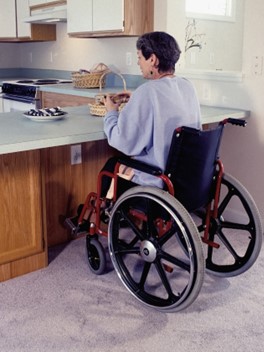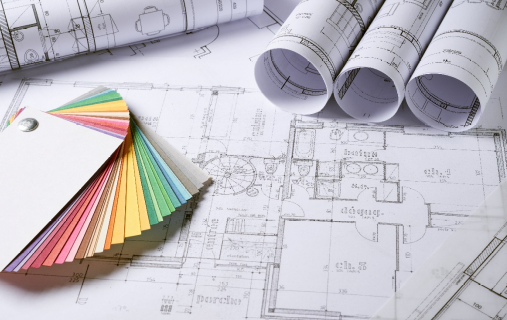Accessibility in Architecture
Architecture is not only about creating something beautiful and practical; David DeQuattro says that it is about problem solving – creating innovative design strategies and solutions that architects employ to ensure equal access for individuals with disabilities.
Commercial architecture would suffer severely without accessibility. It stands as a fundamental pillar of inclusive design and social responsibility. This article delves into the crucial topic of accessibility and highlights its profound significance in commercial building practices.
By examining the physical and digital aspects of accessibility, it sheds light on how well-designed entrances, ramps, elevators, and accessible amenities contribute to equal opportunities for all individuals, including those with disabilities. From incorporating universal design principles and barrier-free layouts to utilizing assistive technologies and adaptive features, architects can create inclusive spaces.
Moreover, we explore the ethical obligations surrounding accessibility standards and their impact on the overall user experience. Keep reading to understand the importance of accessibility in commercial buildings and how it enhances inclusivity, fosters positive brand reputation, and creates a more equitable and accessible built environment for everyone.
Importance for Accessibility
Below, we look at the top three reasons why accessibility is a crucial consideration when crafting buildings. From ethics, to equal opportunities and productivity, it is important to consider each aspect.
Ethics
Ethics play a vital role in advocating for ease of use in architecture. By considering the principles of fairness, equality, and dignity, the moral obligation of architects and designers to create spaces that can be accessed and utilized by all individuals, regardless of their physical abilities is paramount.
For example, incorporating an office-elevator as the focal point of the space for wheelchair accessibility truly provides access for all to move around the building.
Equal Opportunities
Creating homes and corporate buildings that provide access to all potential visitors in floor planning and features can, quite literally, change the public’s perception about disabilities.
Replacing stairs with ramps or incorporating an elevator or providing amplifying acoustics can double as tangible models and provide access and opportunities for all individuals, regardless of their physical abilities.
These design elements are instrumental in helping the public to gain an improved understanding of people with disabilities. With higher awareness may come a widespread focus on accessibility in architecture.

Improved Productivity
Lastly, the productivity of a person with any kind of disability can be greatly improved, along with their emotional state by a spaces designed to maximize accessibility.
For example, common impairments such as vision or hearing issues are very commonly overlooked disabilities. However, by incorporating tactile surfaces, visual cues, various acoustics and assistive technologies, commercial buildings can become more accessible, and inclusive.
Innovative approaches and best practices in designing buildings that cater to the unique sensory requirements of individuals ultimately promote inclusivity and enrich the daily lives of these individuals.
Thanks to accessible buildings, individuals from all walks of life can participate in daily activities, tours, and events.
In Conclusion
The importance of accessibility in architecture cannot be overstated. Not only does it help an architect to push the boundaries of formulas in design, but it improves society’s understanding of the challenges that those with disabilities may face. At the same time, it improves the emotional state and productivity of those who benefit from accessibility.


